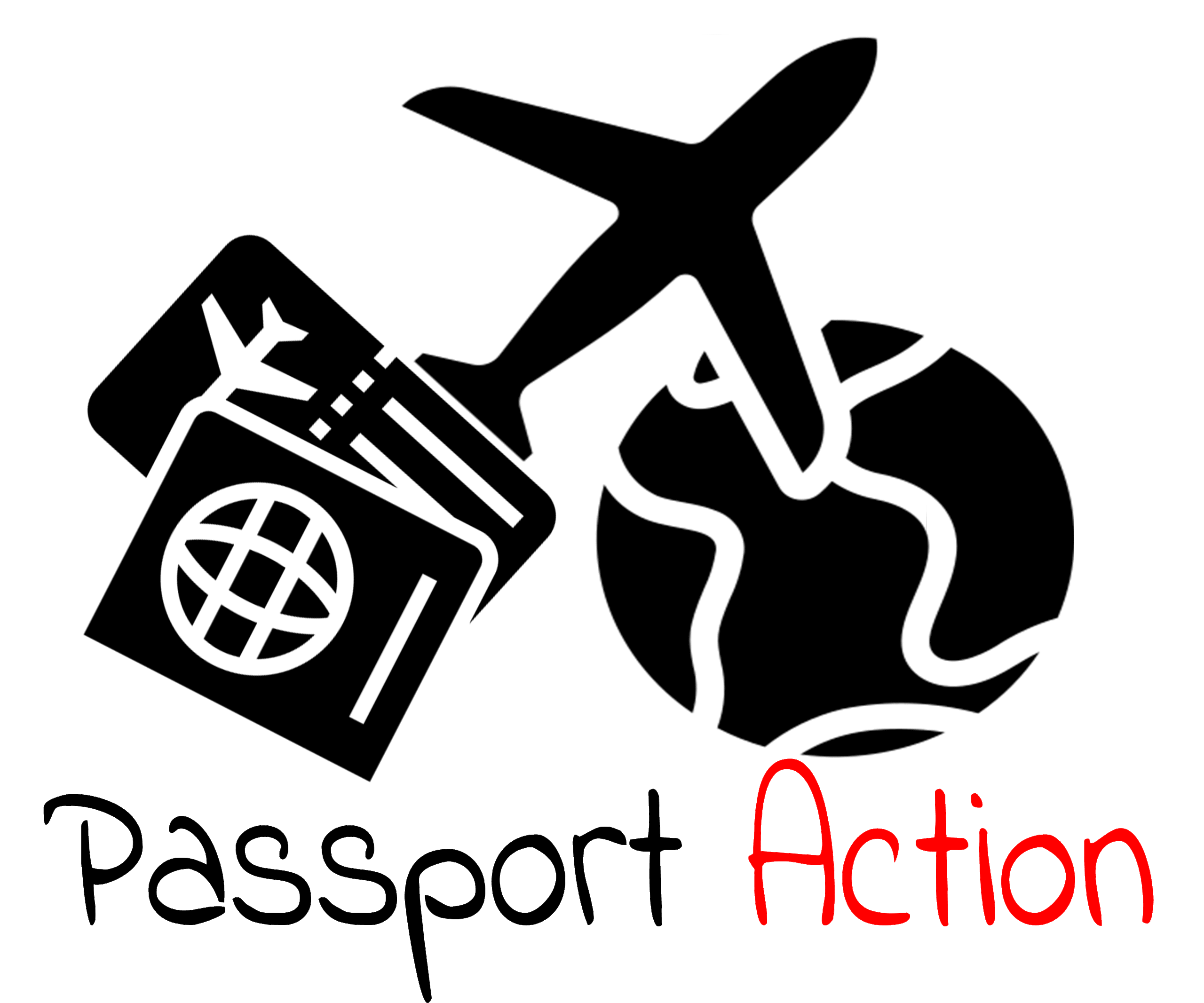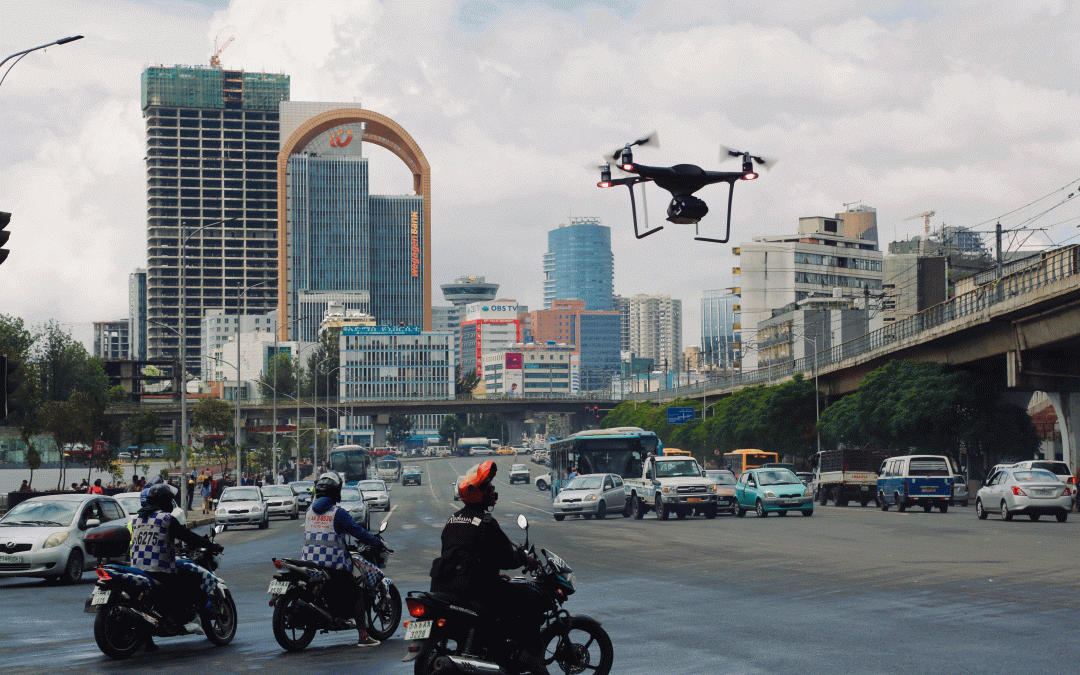Ethiopia Drone Laws: They Took My Drone In Ethiopia
Drones have revolutionized the way I capture my experiences, adding a unique perspective to my travel adventures. If you’re planning a trip to Ethiopia and intend to bring your drone, it’s crucial to be aware of the rules and regulations that govern drone usage in this country. It’s vital that you know about Ethiopia Drone Laws before you board your plane.
Drones Are Permitted in Ethiopia
Before you pack your drone and head off to Ethiopia, it’s essential to understand the local laws pertaining to drone usage. While specific regulations can change, there are typically several key points to consider:
- Registration: Ethiopia, requires drone owners to register their equipment. Ensure you look into these requirements before your trip.
- No-Fly Zones: Certain areas are designated as no-fly zones due to security or privacy reasons. Be sure to familiarize yourself with these zones to avoid any legal issues.
- Flight Altitude and Distance: There are restrictions on how high and far you can fly your drone. You can not fly your drone higher than 400 feet. Always stay within the limits to ensure safety and compliance.
- Daylight Operation: Ethiopia only permits drone flights during daylight hours for safety reasons. Check if certain permits in Ethiopia allow you otherwise.
- Visual Line of Sight: In Ethiopia, operators are required to keep drones within their line of sight at all times.
Remember, it’s essential to stay updated with the most current regulations before you travel.
Why They Took My Drone In Ethiopia
Although drones are permitted in Ethiopia you must register them to even bring them into the country. Honestly, there is a lot of different information out there and even some of the official airport workers may not know all of the Ethiopia drone laws.
While Coming into the Country of Ethiopia, they scan your Luggage before you can leave the airport. The officials noticed I had cameras in my bags and wanted to search further. After going through a few of my bags they found I had a Drone. They had me stand around for about 30 minutes and came back with a document. This document was a receipt that they were confiscating my drone. While I was standing around they looked up the price of the drone.
What they are doing is finding out the price of the drone which was actually more than the drone is worth and they will charge you 10 or 15% of the value they come up with. You will need to pay this before you can get your drone back. You can only get your drone back 2 different ways, one is if you go and get a permit from the office that says you can fly your drone. You will also need to pay for the permit.
How to get Confiscated Drone back in Ethiopia
Unfortunately for me, the office was closed so that was not an option. The other way is that they store your drone in a large room where they have all the items that they have confiscated from other travelers. While they store your items there you will also pay a daily storage fee for your drone. You will be allowed to get your drone back when exiting Ethiopia. You will first need to pay the tax. Then you will need to take a document from them to the storage facility and pay the storage fee.
After receiving my drone the Immigration official then walks you and your drone to the ticket counter where you will get your boarding pass. The Immigration officer will want you to put your drone in your checked bag. I argued that putting my drone in my checked bag was not allowed because it has lithium batteries. Finally, a supervisor from the airlines came over and had to sign off saying that I needed to keep my drone in my carry-on.
After that, the immigration officer waits and watches you go through their version of our TSA line. It was definitely a unique experience and I would not consider even stopping through Ethiopia if I had my drone again. At the end of the day, I was just happy to get my drone back because I’ve heard about other countries trying to confiscate and not return your drone at all.
How to Register Your Drone in Ethiopia
To register your drone and obtain the necessary permits in Ethiopia, you’ll first need to understand the country’s drone regulations. According to the information from various sources, all drone operators are required to register their drones and obtain an operating permit. This process is overseen by the Ethiopian Civil Aviation Authority and the Ministry of Communications. The registration process involves submitting a completed application form along with any required documents. These could include details about the drone, its intended use, and personal identification.
Once you’ve prepared the necessary documents and filled out the application form, you can submit them either in person or through the appropriate channels. After submission, you’ll be required to pay the applicable fees, which can vary depending on whether you’re using your drone for photography ($50) or filmmaking ($100). After paying the fees, you’ll need to wait for approval from the authorities. Once approved, you will be given instructions on where you can operate your drone. It’s important to note that these processes and costs could vary, so it’s always best to check with the relevant Ethiopian authorities for the most accurate and up-to-date information.
Bringing A Drone to Ethiopia
The first thing you should pack is your permits and any other required documents to fly your drone in Ethiopia. Also, carefully packing your equipment is a crucial step. To start with, invest in a high-quality, durable drone case that can withstand the rigors of travel. The case should be robust and padded to protect your drone and its accessories from any potential damage during transit. It should also have compartments for the drone, controller, batteries, and other accessories to keep everything organized and easily accessible.
Next, consider the essential accessories and spare parts you’ll need on your trip. This includes extra propellers, as they can easily be damaged and might not be readily available in Ethiopia. Also, pack additional drone batteries. Drone flight times are generally short, and having extra batteries ensures you can fly your drone whenever you want, especially in remote areas where charging may not be possible. Don’t forget to include a drone charger compatible with Ethiopian power outlets, or an adapter if necessary. I use a Universal Power Converter so that I can charge my drone and other accessories in every country that I visit.
Lastly, remember to pack any tools required for minor repairs or adjustments to your drone. This might include a propeller removal tool, miniature screwdrivers, or any specific tools that came with your drone. Having these on hand can save you a lot of stress if you need to make any small repairs or adjustments while in Ethiopia. With careful planning and packing, you can ensure a smooth drone-flying experience during your trip.
Choosing Where to Fly in Ethiopia
Ethiopia, with its diverse landscapes and rich cultural heritage, offers several spectacular spots for drone enthusiasts. The capital city, Addis Ababa, is a vibrant mix of modernity and tradition. Flying your drone over the city can capture stunning views of its bustling markets, historic landmarks such as the Holy Trinity Cathedral, and the sprawling urban landscape against the backdrop of the Entoto Mountains. However, it’s crucial to remember that drone operations require a permit in Addis Ababa, and drones must be registered.
Outside of the city, Ethiopia’s rugged and varied terrain provides a plethora of opportunities for breathtaking aerial footage. The Simien Mountains, for instance, are a UNESCO World Heritage Site known for their dramatic cliffs and deep valleys. Flying your drone here can yield dramatic footage of the mountains’ unique topography, the diverse wildlife, and the stunning sunsets over the peaks.
Ethiopia’s historical sites also make for fantastic drone photography subjects. The rock-hewn churches of Lalibela, another UNESCO World Heritage Site, offer an intriguing blend of history, culture, and architecture that can be beautifully captured from the air. Similarly, the ruins of Aksum, with its ancient obelisks, offer another rich historical site to explore with your drone.
However, it’s crucial to note that some areas are designated no-fly zones. One such location is the Dallol area in the Danakil Depression, where flying drones is prohibited without special permission. Always ensure you’re aware of such restrictions before flying your drone. With careful planning and respect for local laws and customs, flying a drone in Ethiopia can be a truly unforgettable experience.
Respecting Privacy and Local Customs
While operating a drone in Ethiopia, it’s essential to respect both privacy and local customs. Drones, while offering unique perspectives and capturing beautiful footage, can be perceived as intrusive. Flying over private property or crowded areas without permission is generally considered disrespectful and could potentially infringe on privacy laws. Therefore, always ensure you have the necessary permissions before flying your drone, especially in residential or populated areas.
Ethiopia is a country rich in cultural heritage and tradition. Many of these traditions are deeply respected and protected by the local communities. Intruding on these traditions with a drone could be seen as a violation of cultural norms and could lead to misunderstandings or conflicts. For example, if you’re visiting religious sites or traditional ceremonies, it’s crucial to ask for permission before flying your drone.
Understanding local customs and etiquette is another important aspect of responsible drone operation. In some cultures, for instance, it may be considered impolite or disrespectful to fly a drone without first informing and receiving consent from the people present. Always take the time to communicate your intentions clearly and politely to those around you.
Lastly, remember that safety should always be your top priority. Avoid flying your drone in areas where it might pose a risk to people or property. This includes crowded places, near buildings, or around wildlife. By showing respect for privacy, local customs, and safety, you can ensure a positive and enjoyable drone flying experience in Ethiopia.
Conclusion About Ethiopia Drone Laws
Traveling to Ethiopia with a drone can significantly enhance your travel experience, offering a unique perspective of this beautiful country. However, it’s crucial to remain informed about local regulations, prioritize safety when packing and operating your drone, and most importantly, respect the local customs and privacy. With these tips in mind, you’re ready to capture the extraordinary beauty of Ethiopia from the skies! So now you know why none of my Ethiopian Videos had drone Footage. Check out the video below and also check out the blog for more information about Ethiopia and Travel Related Content.

